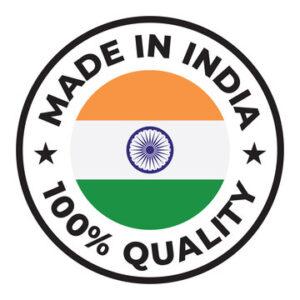





Stack monitoring methods are techniques used to measure and analyze emissions from industrial stacks or chimneys. These methods vary in complexity and suitability for different types of emissions.
The choice of stack monitoring method depends on factors such as regulatory requirements, the nature of emissions, accuracy needs, and budget constraints. Properly selected and implemented stack monitoring methods are essential for ensuring compliance with environmental regulations, maintaining air quality, and minimizing the environmental impact of industrial processes. There can be other methods of stack monitoring, we have provided only common ones.




